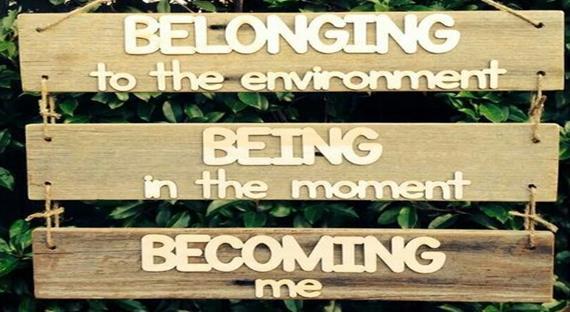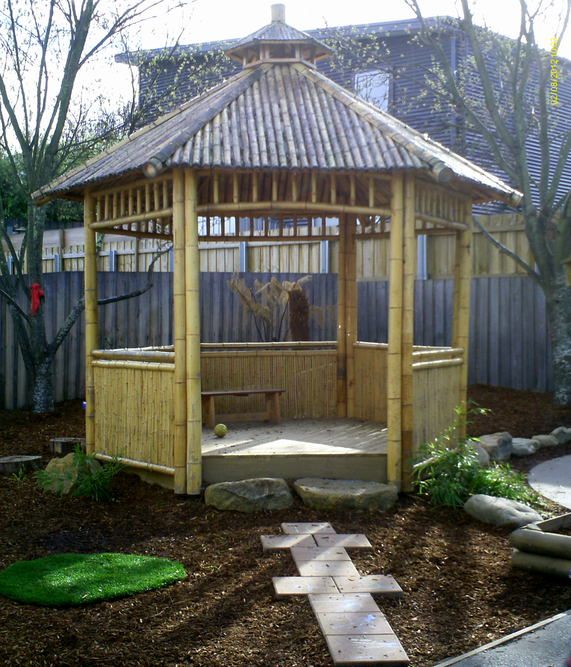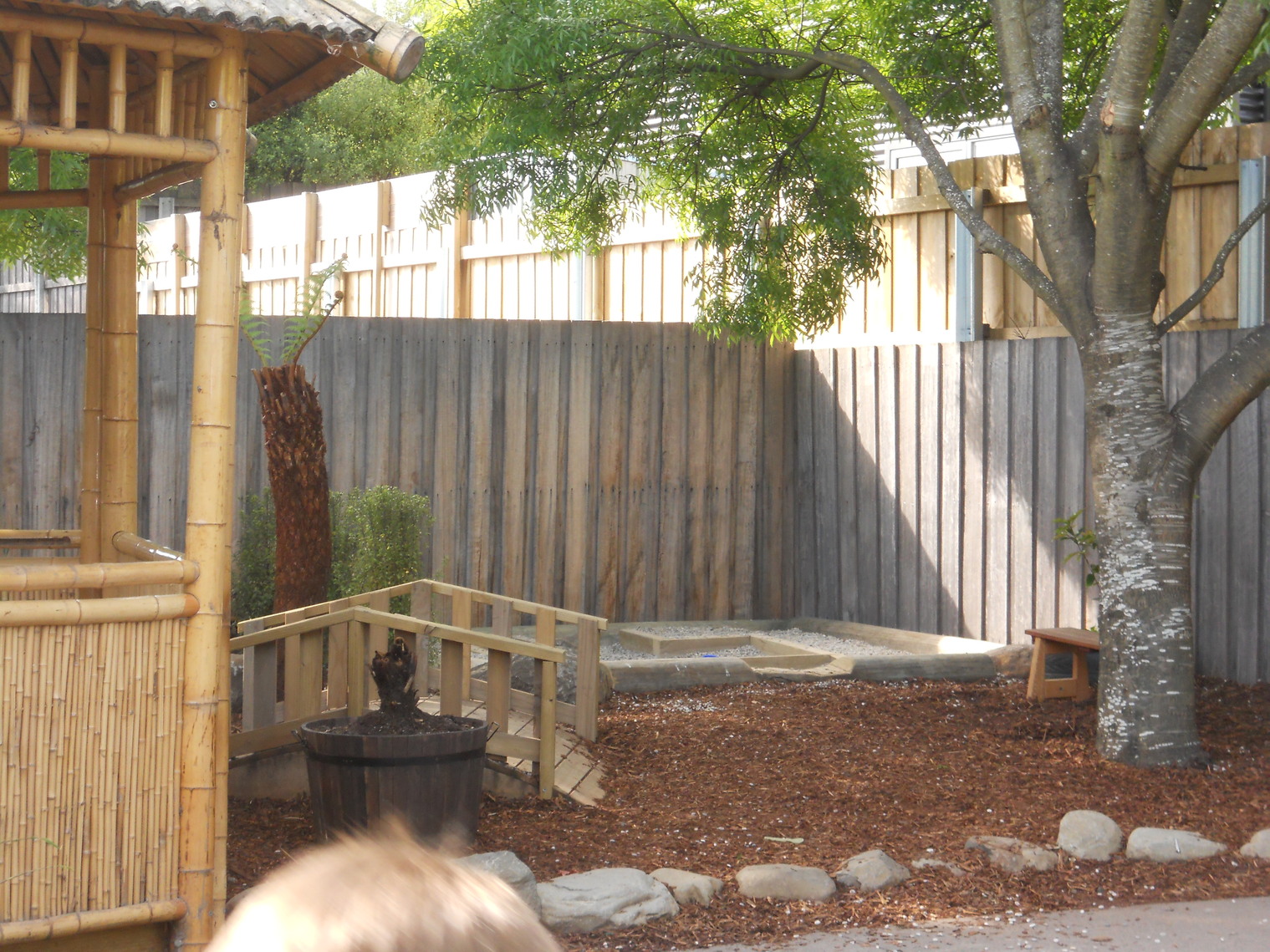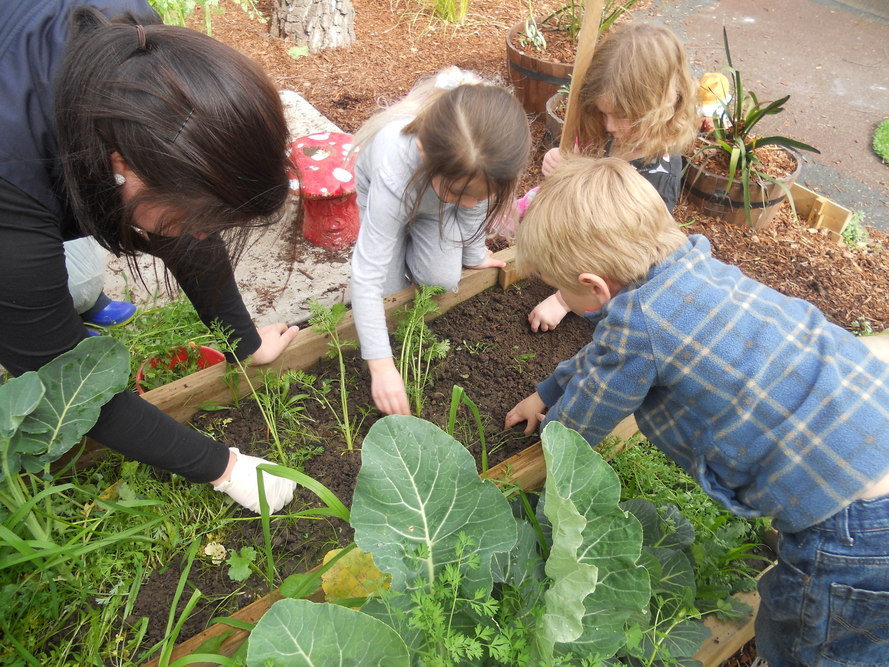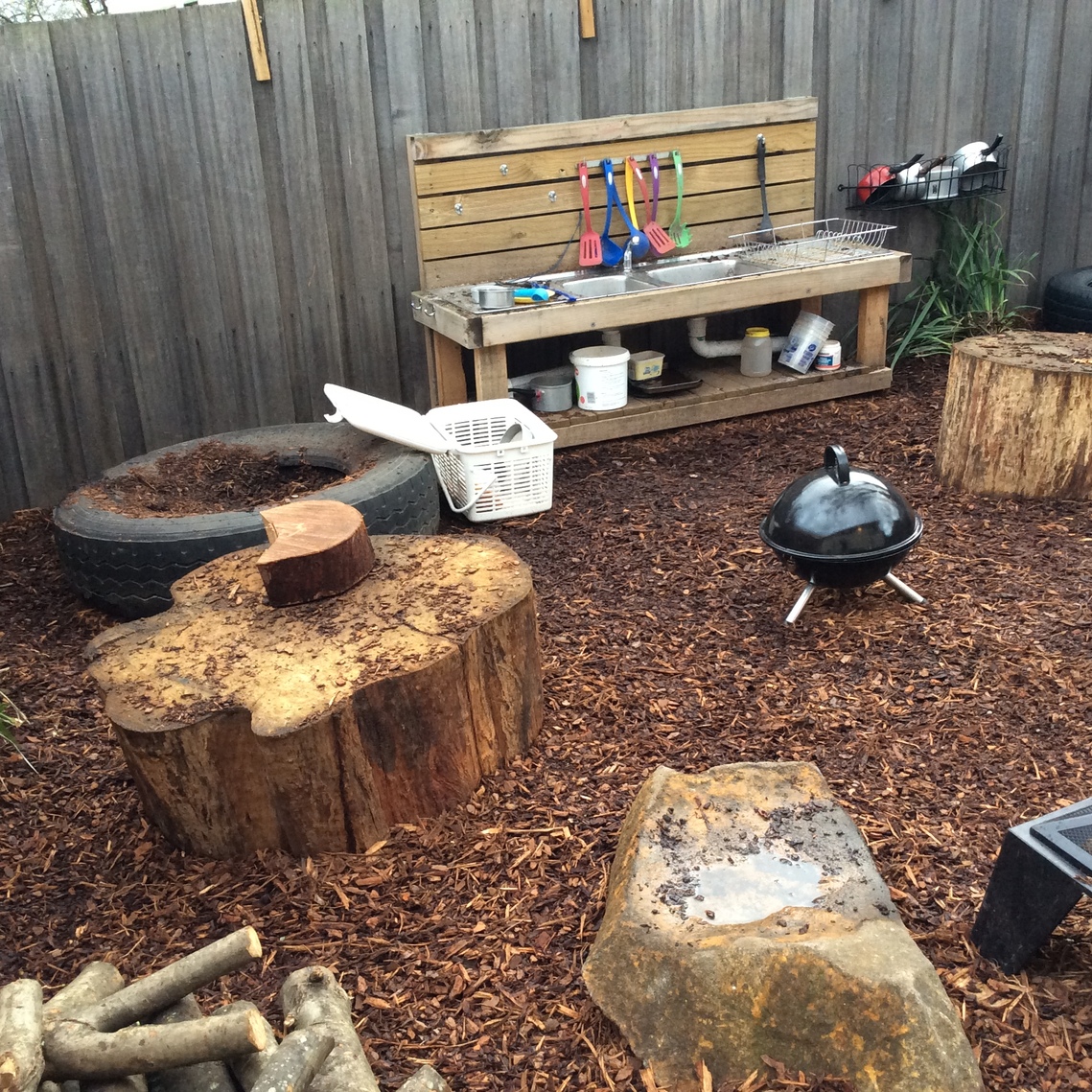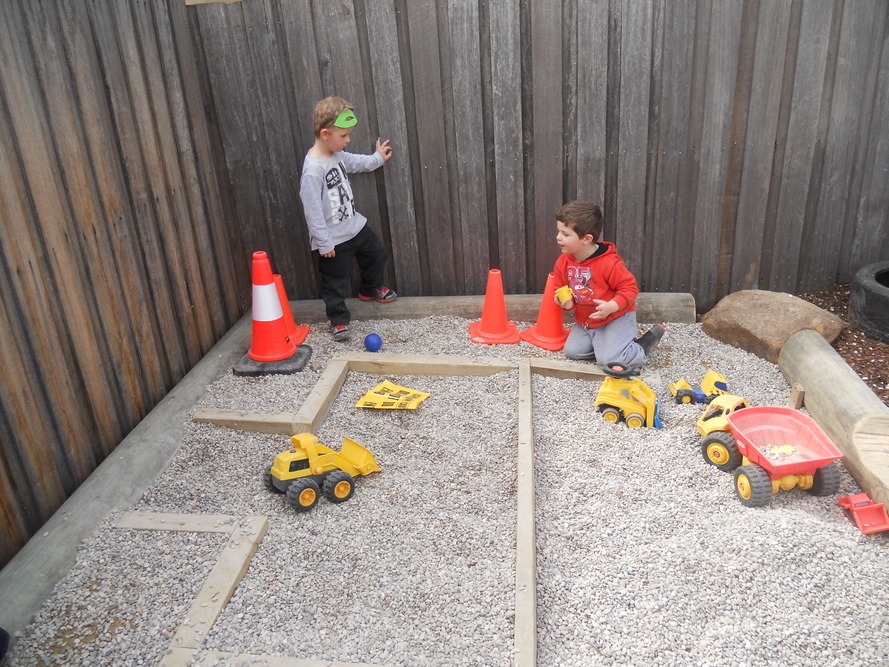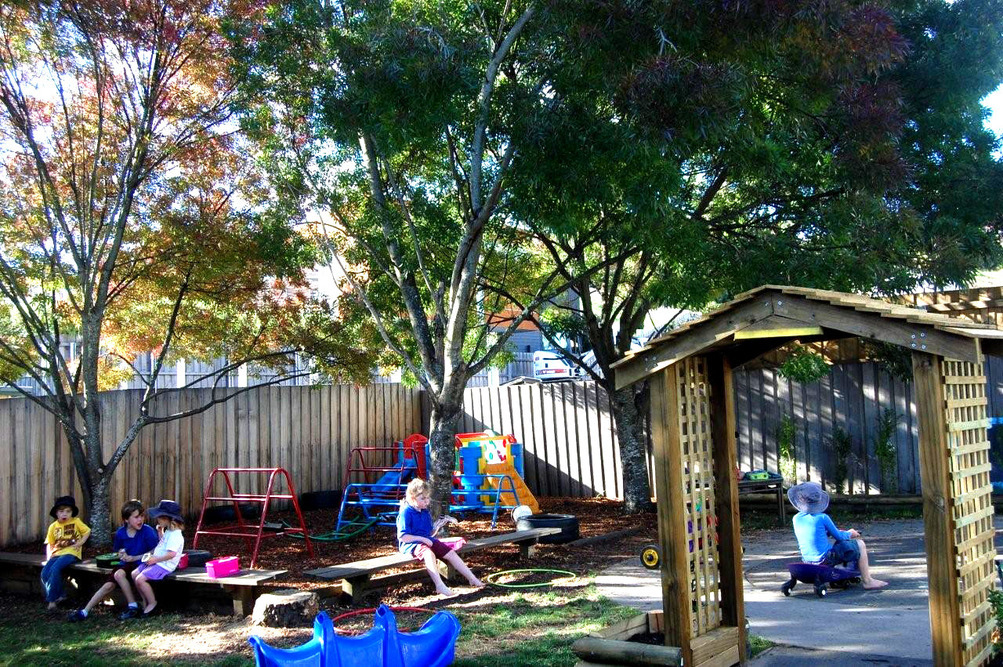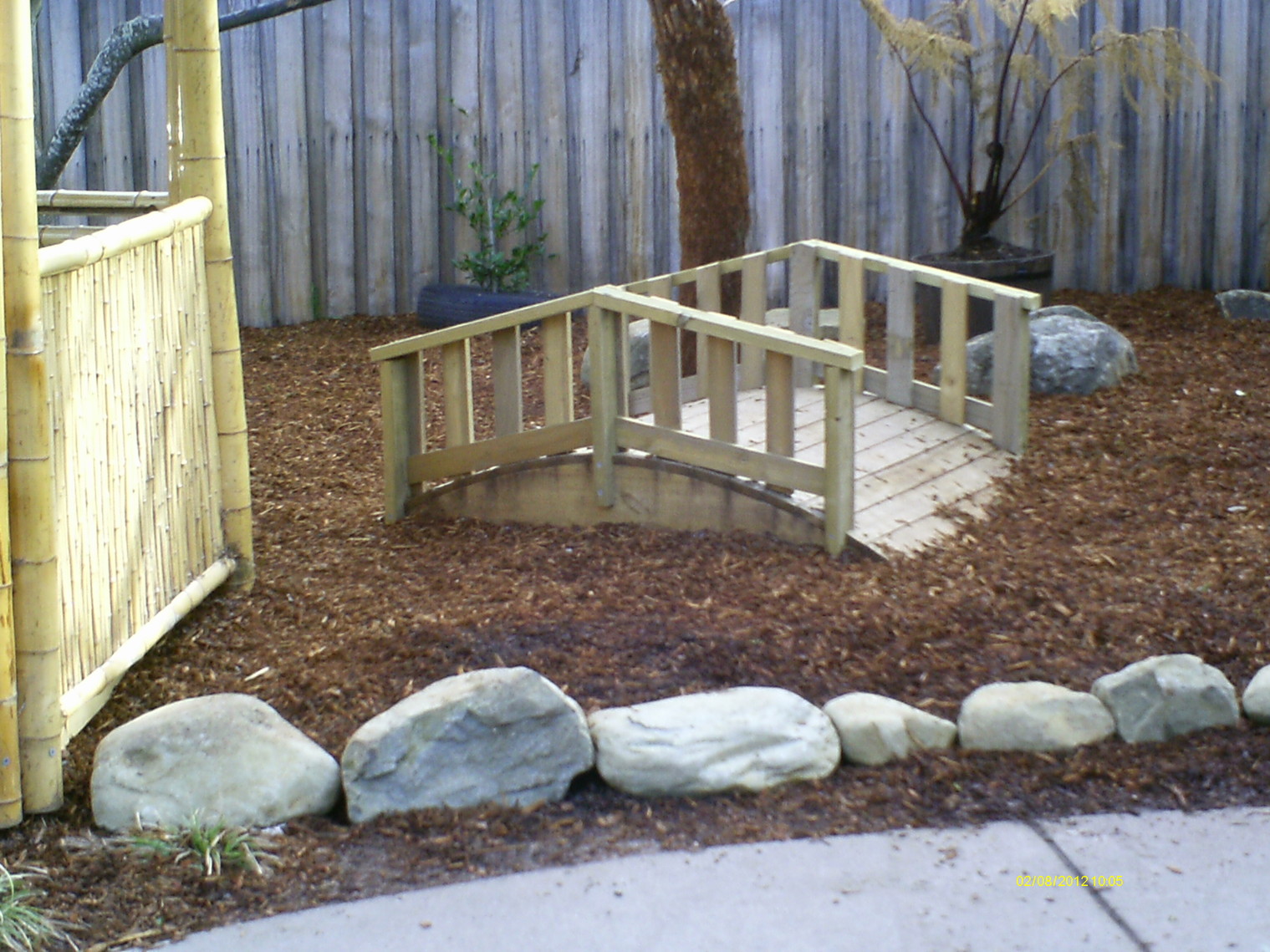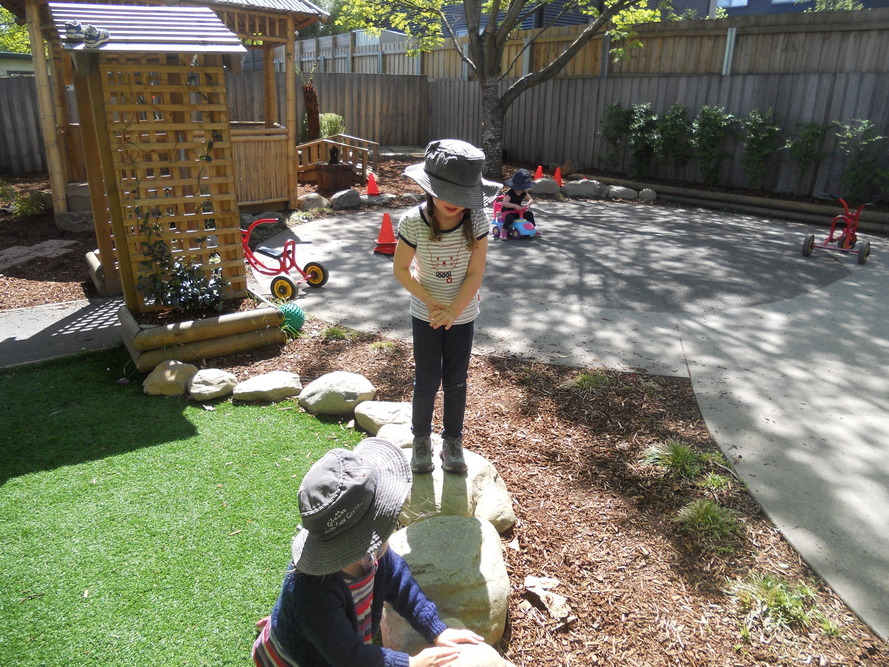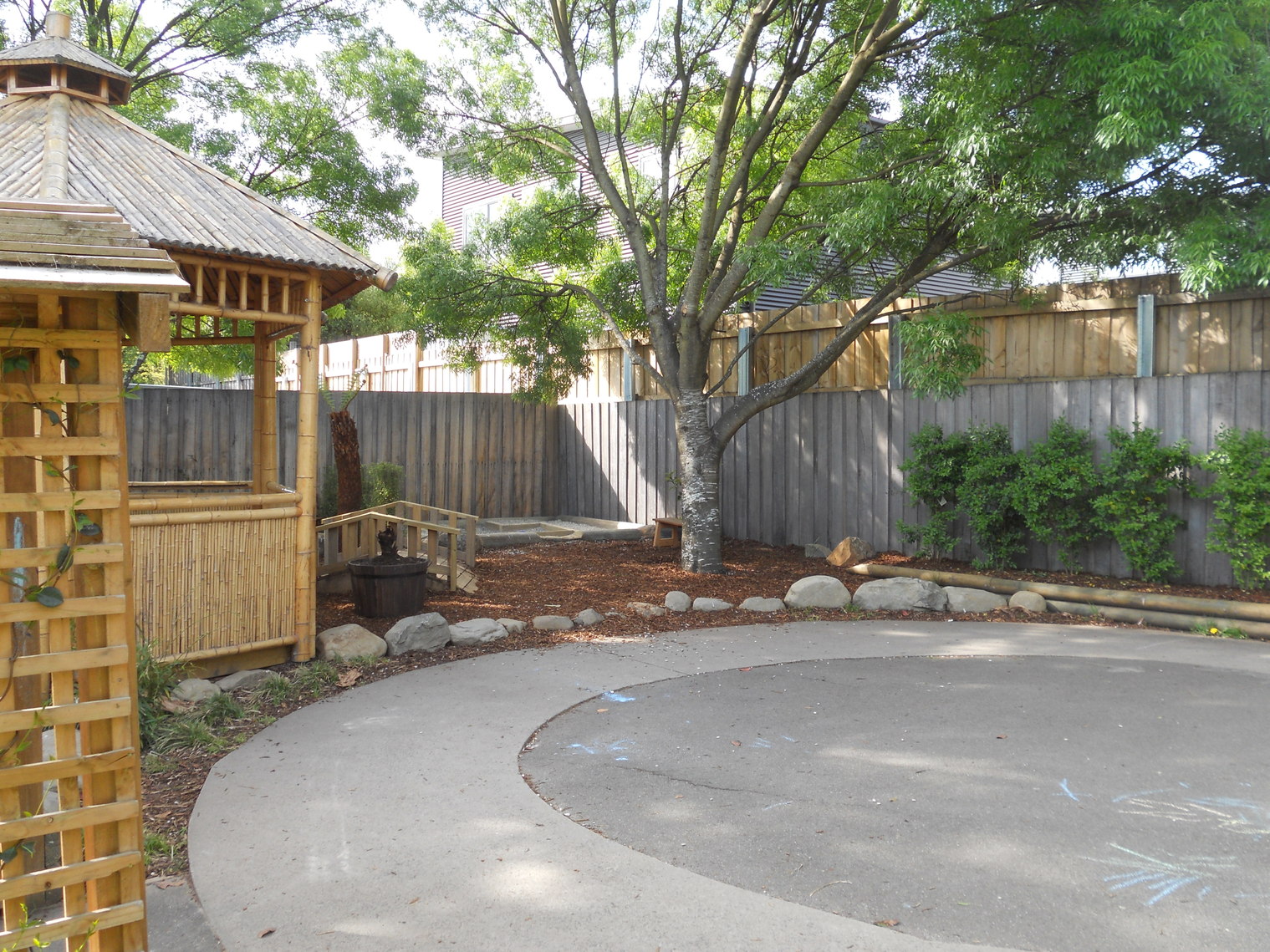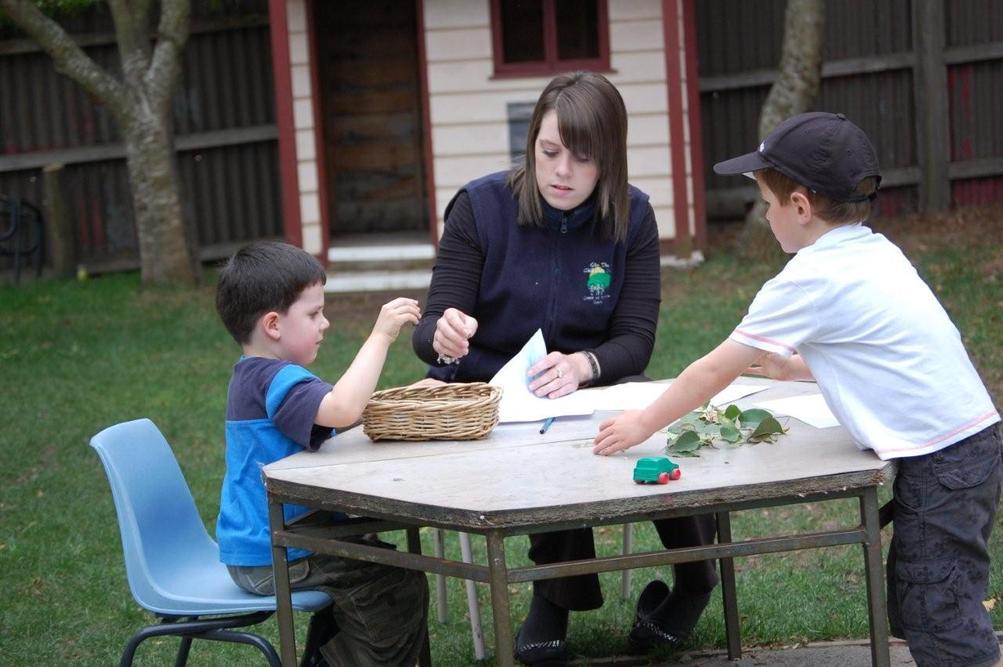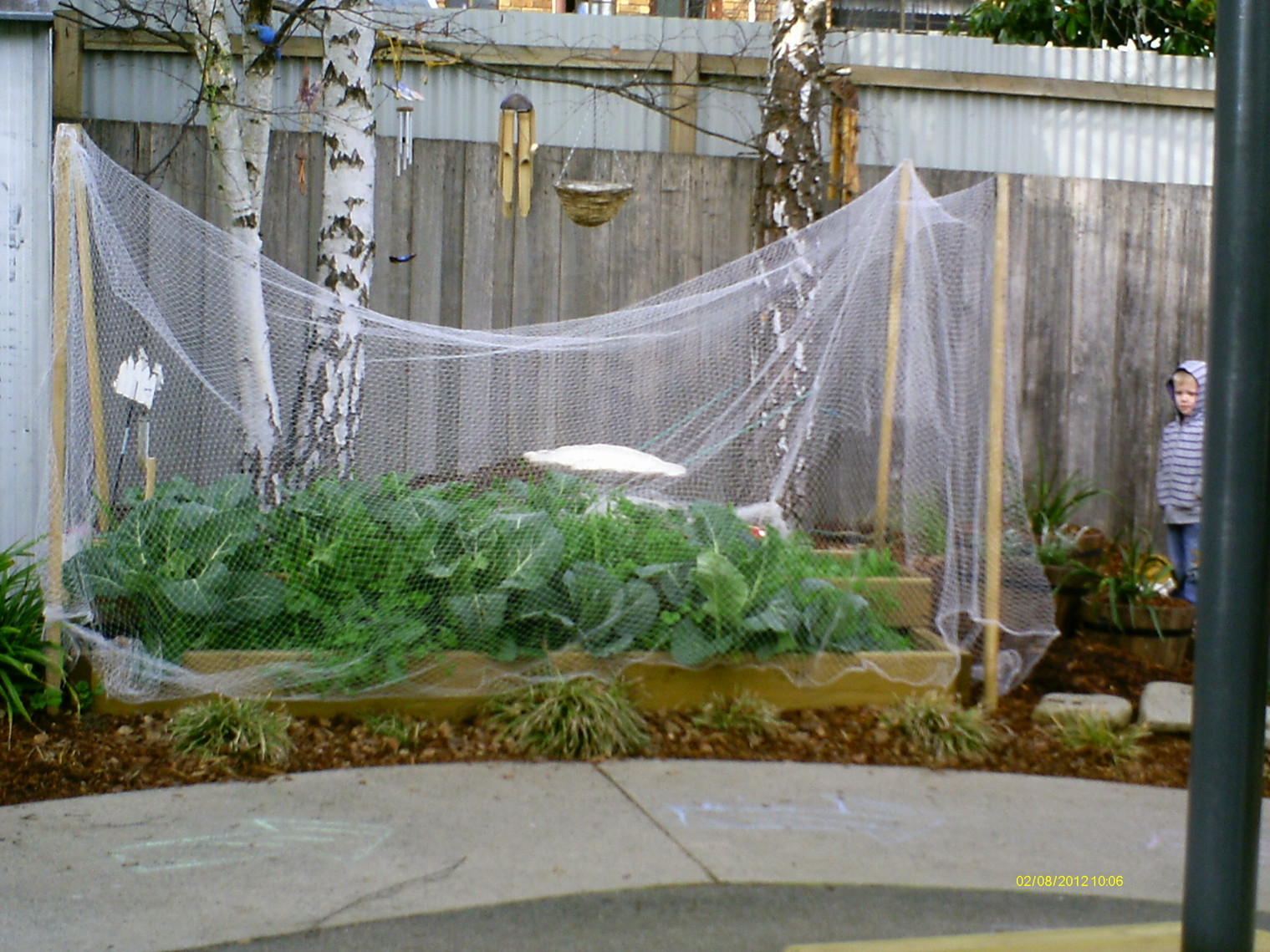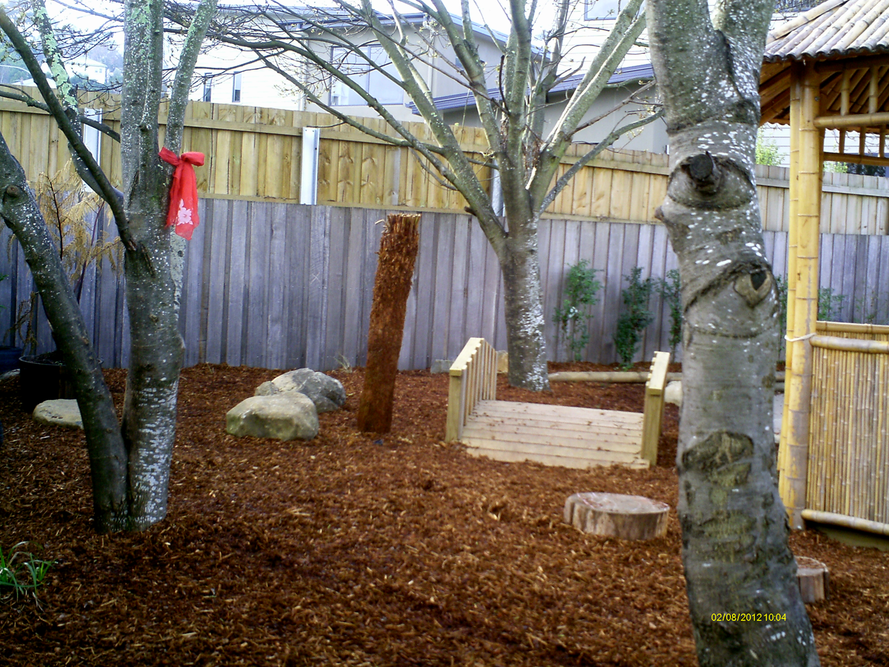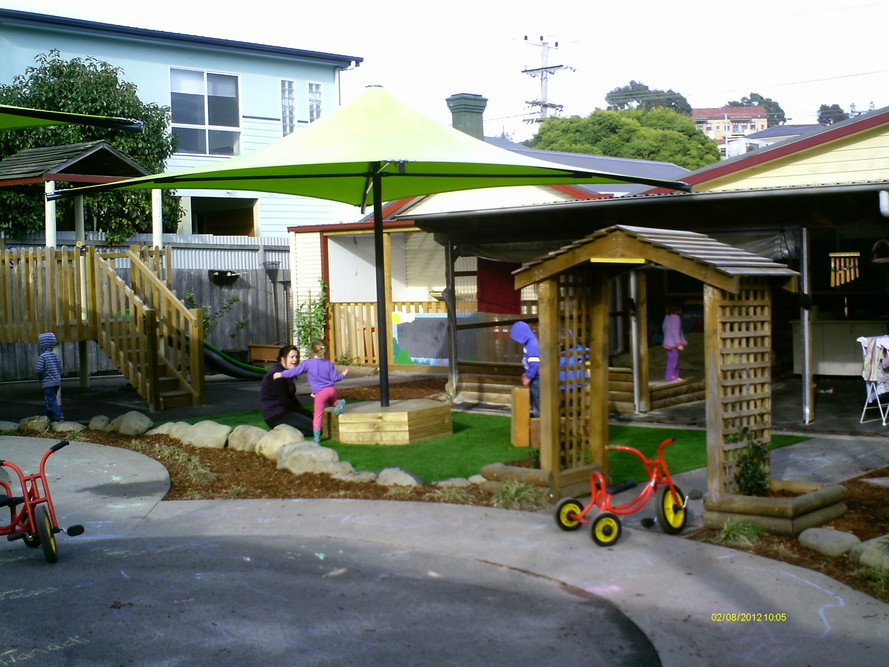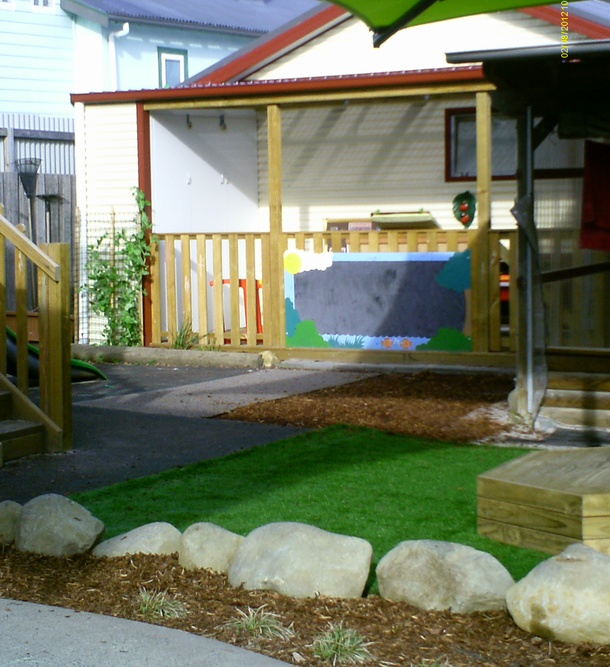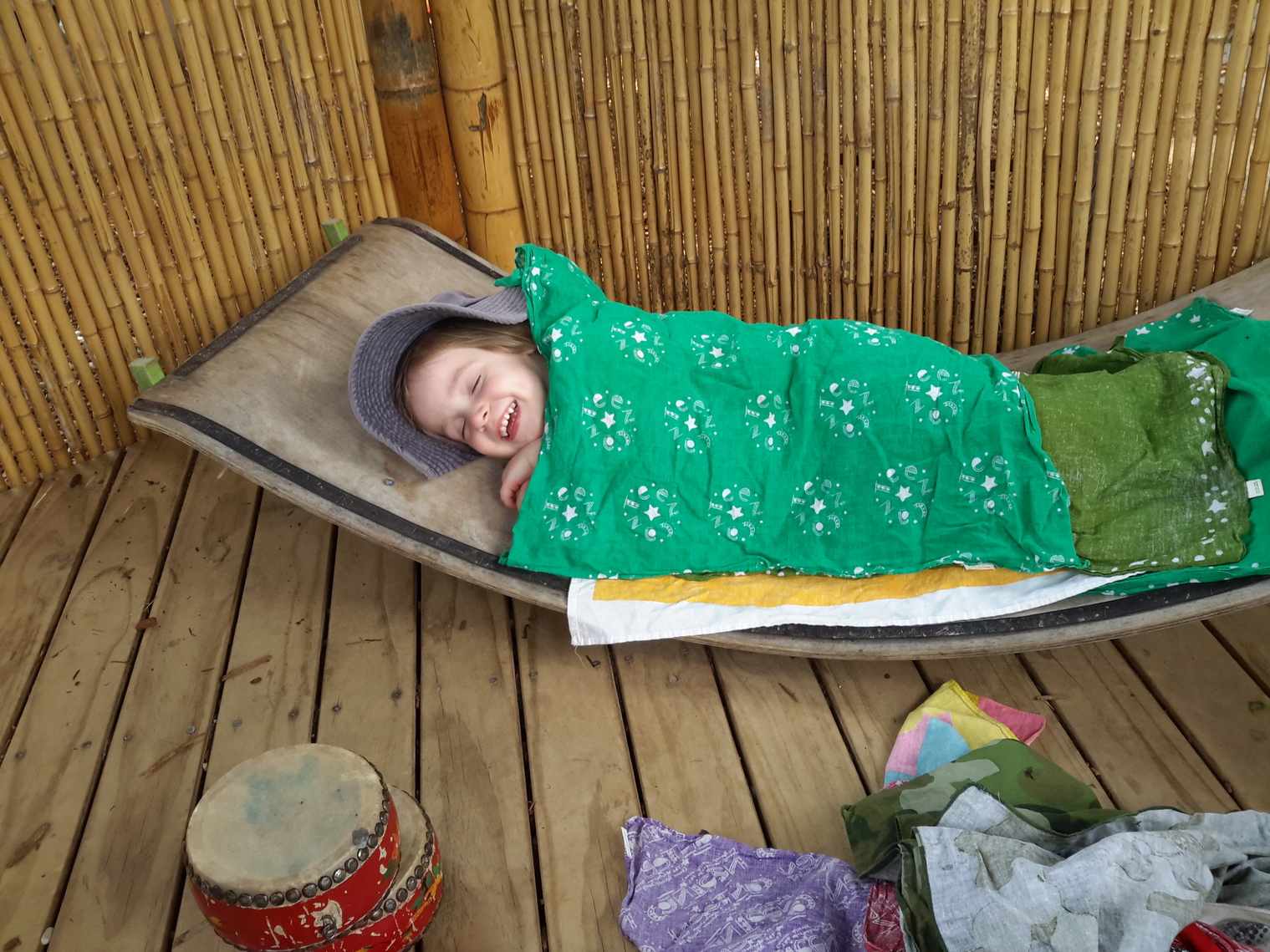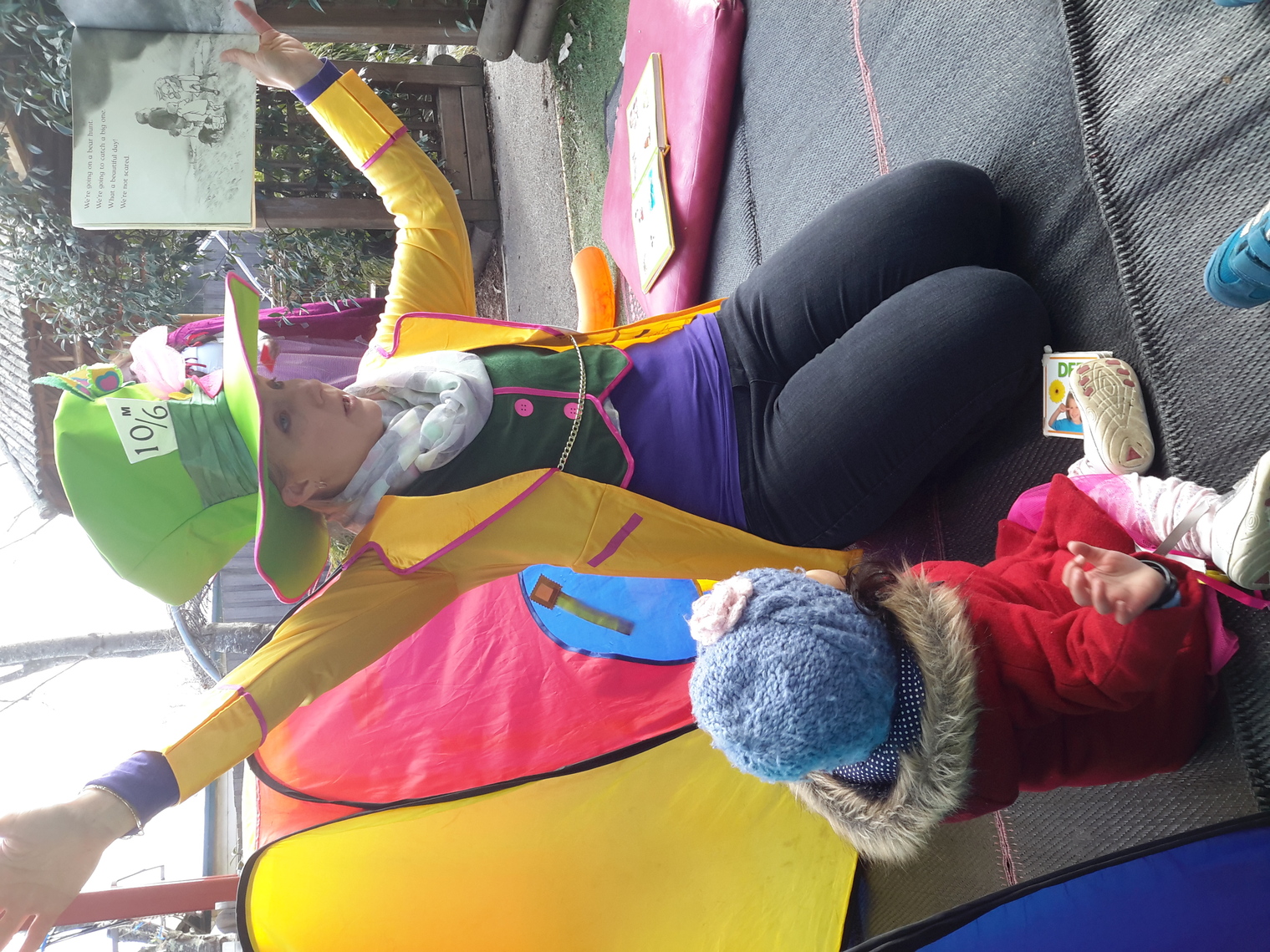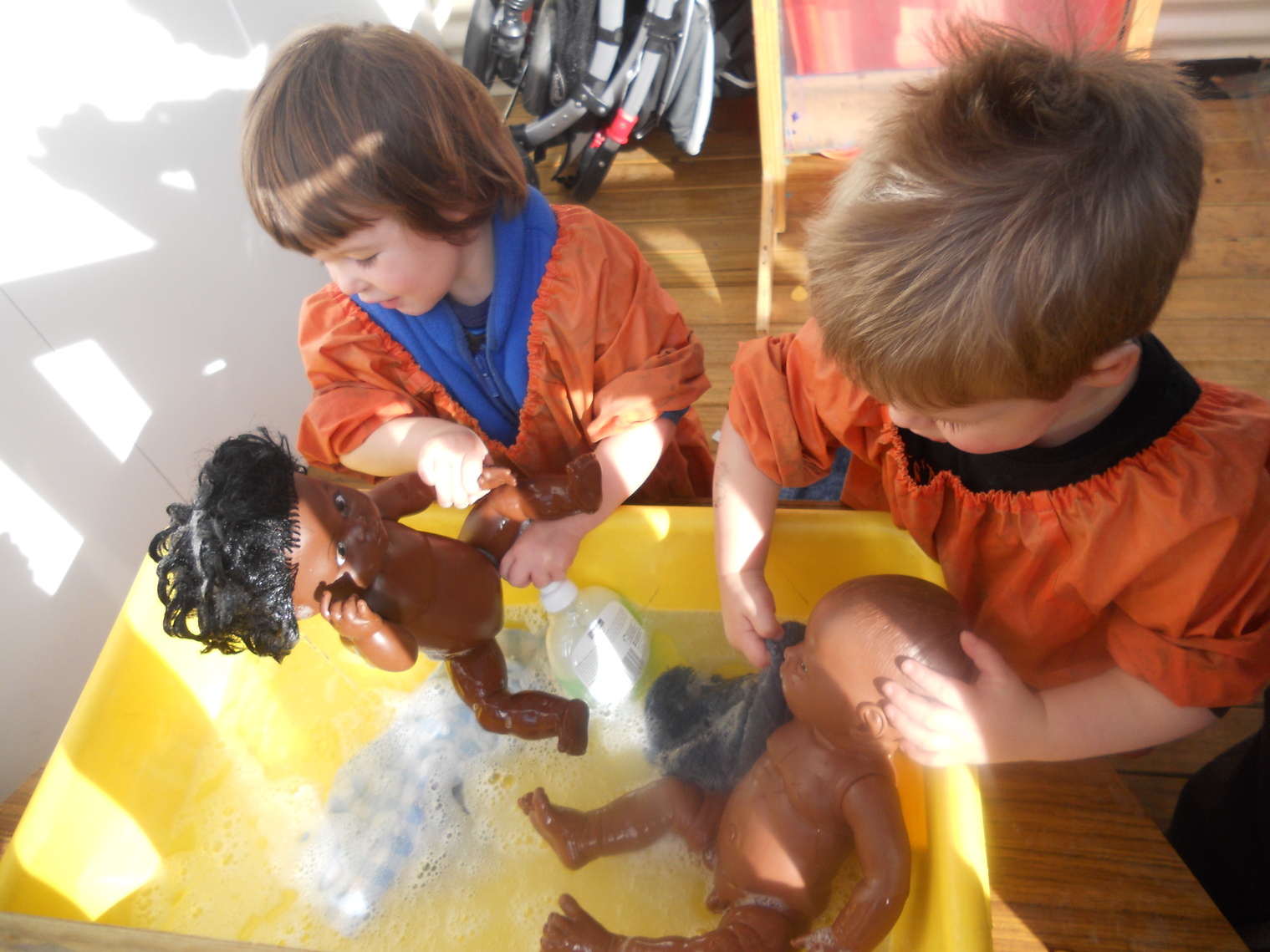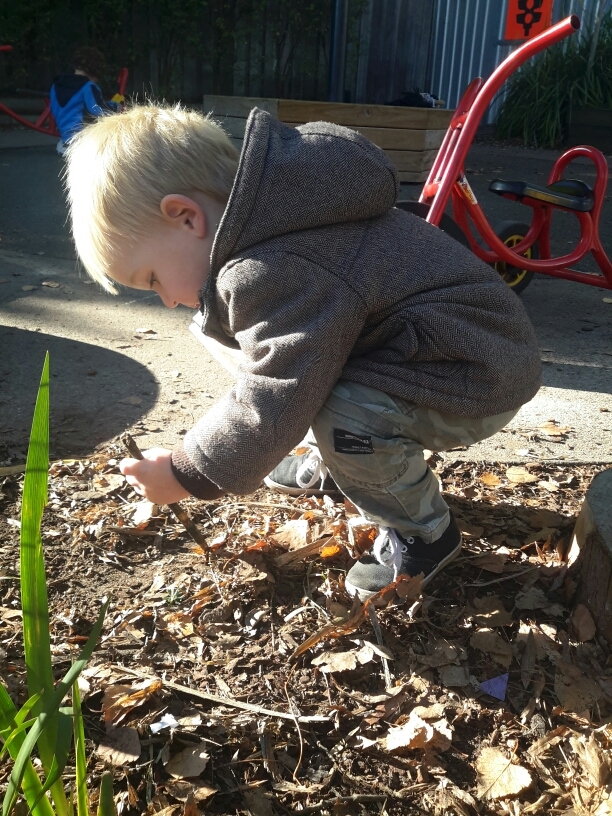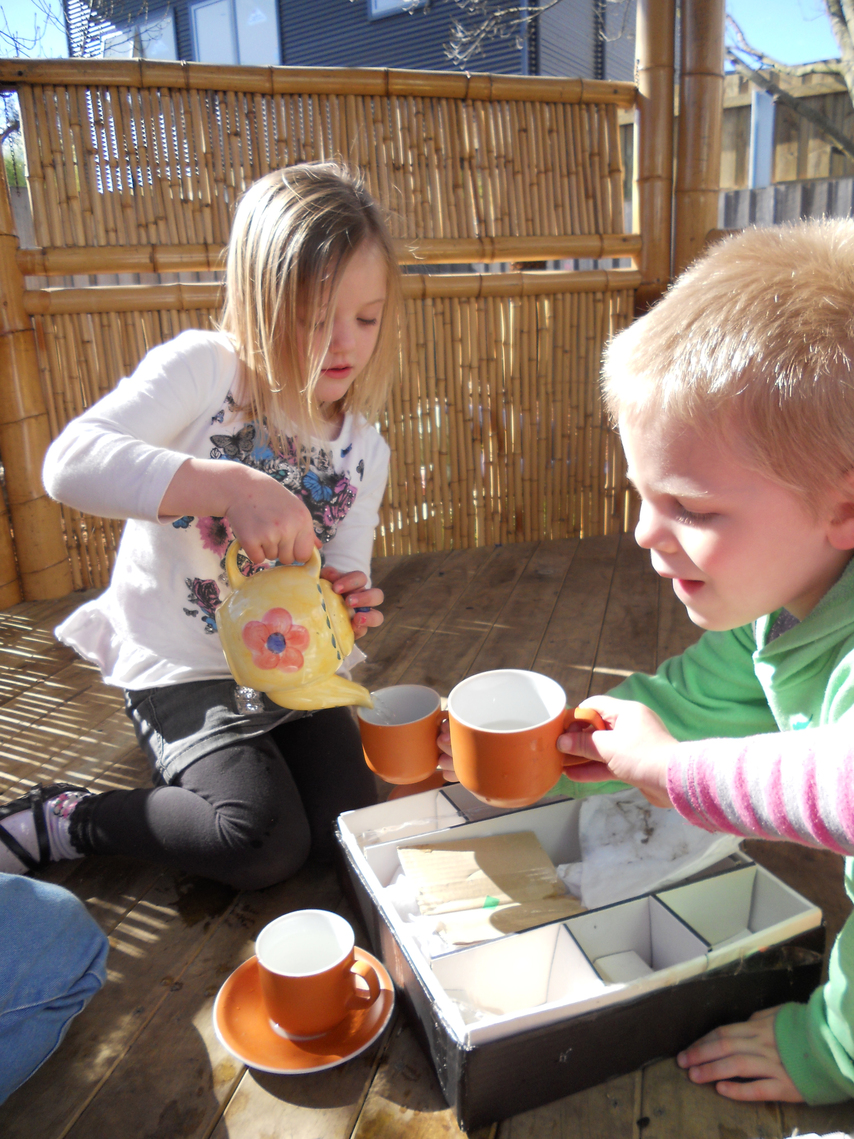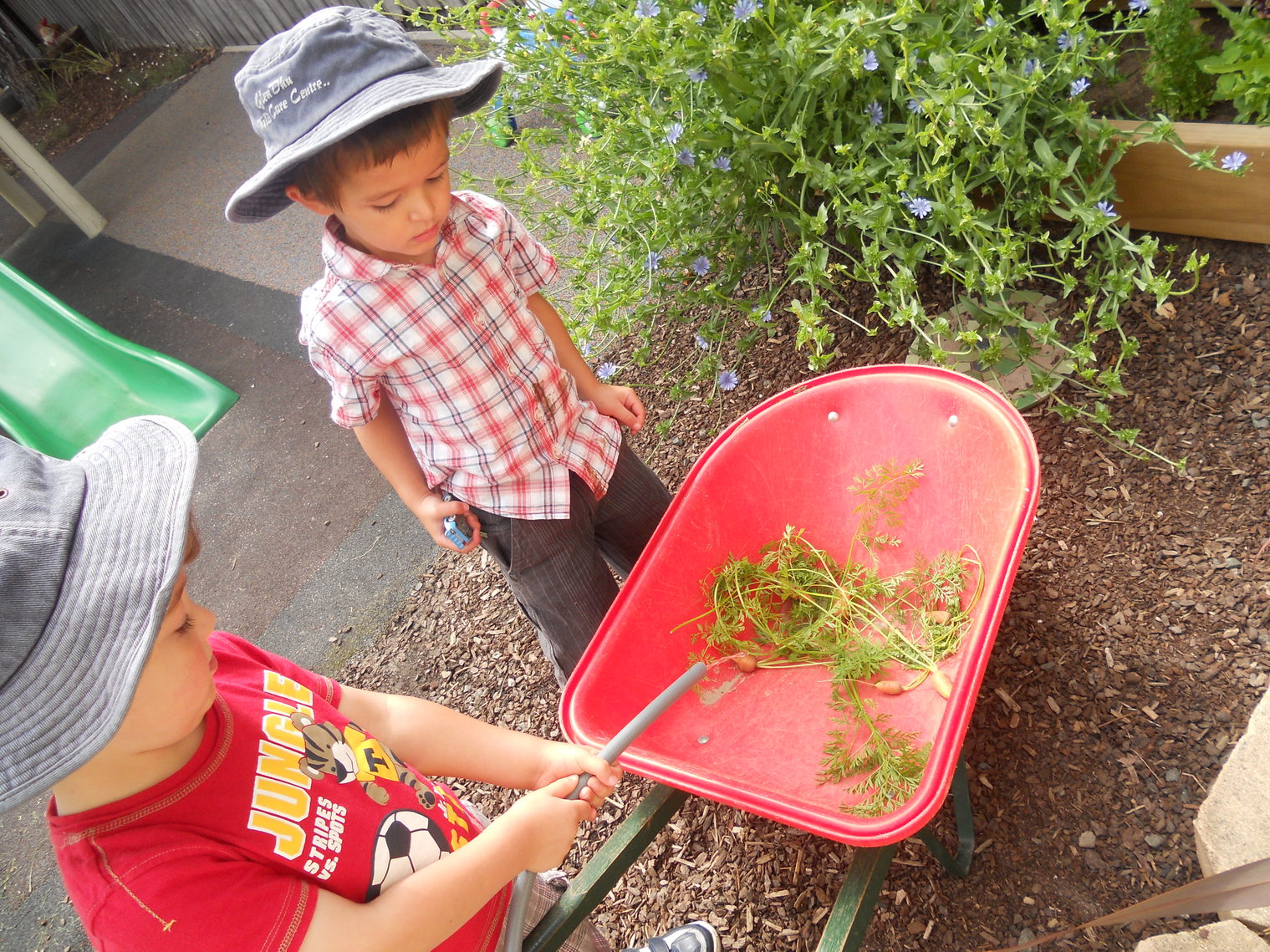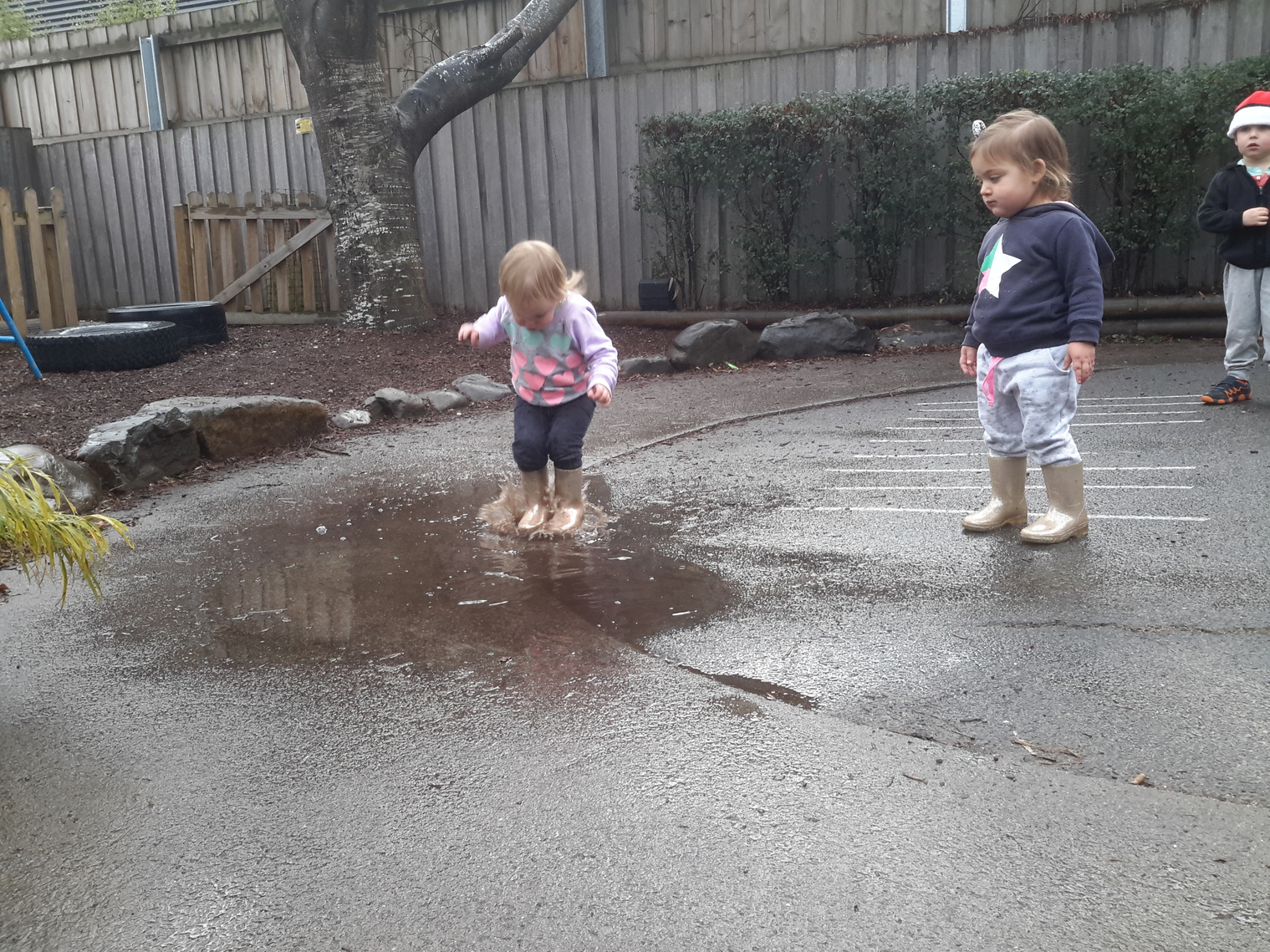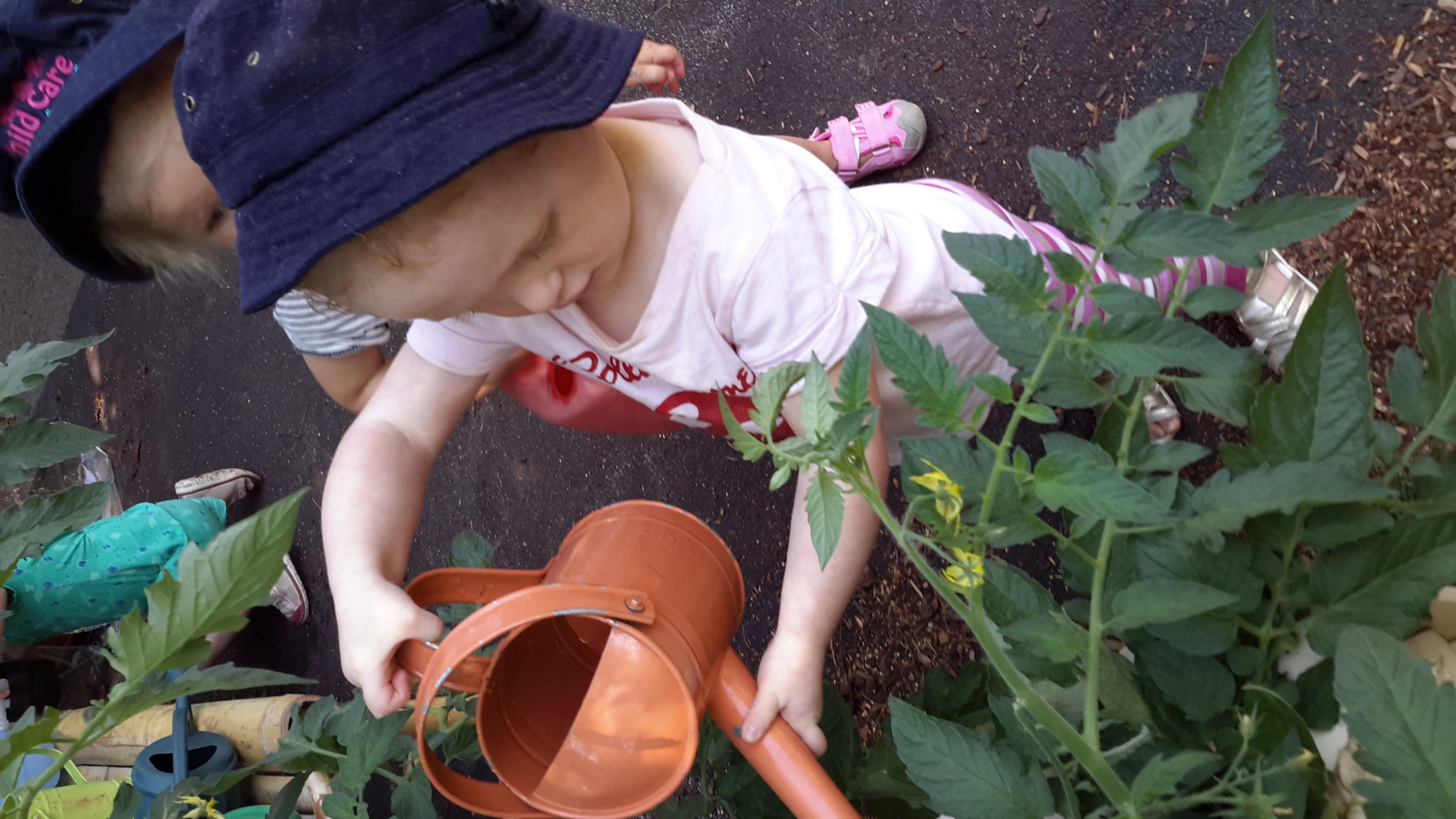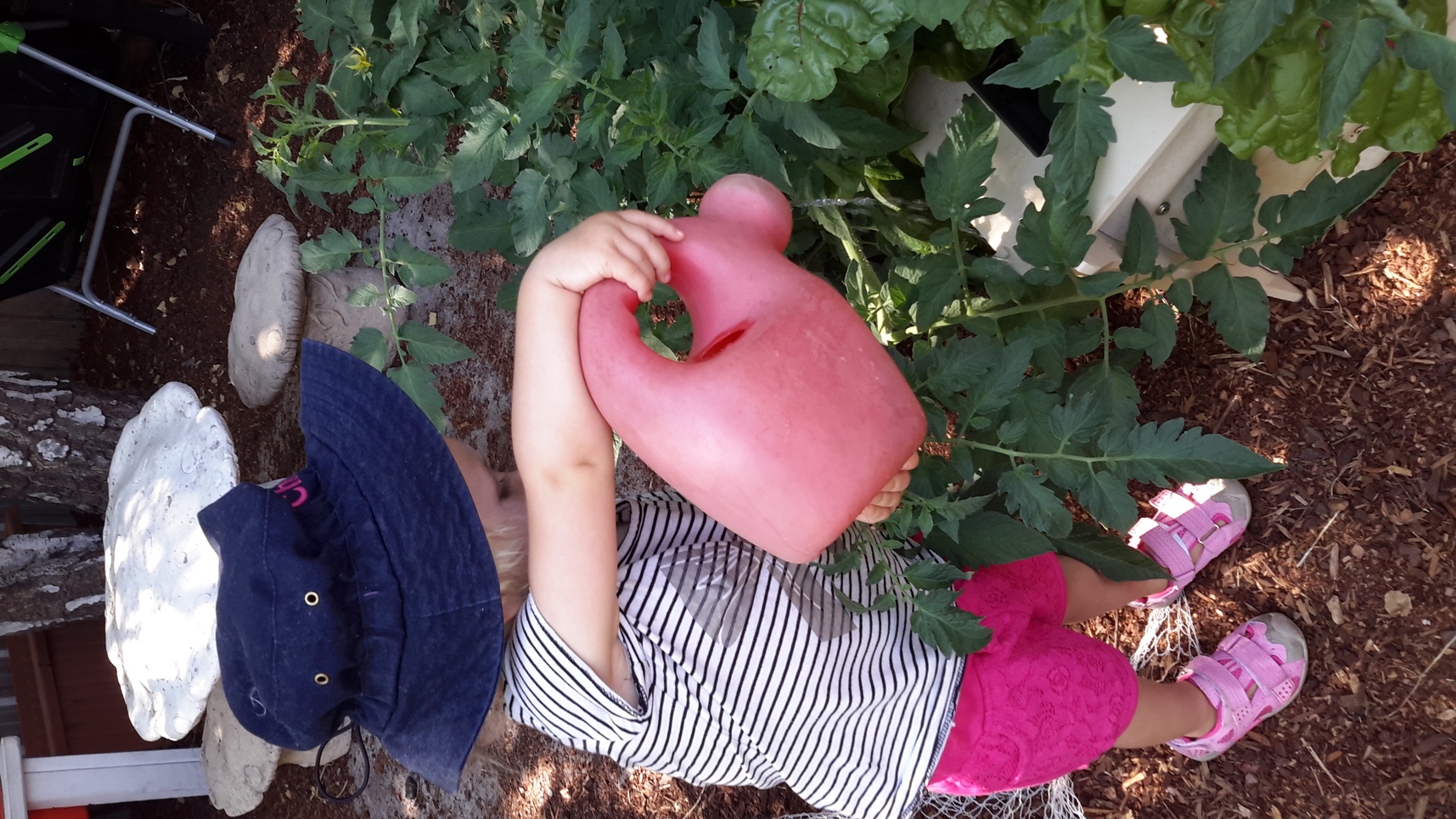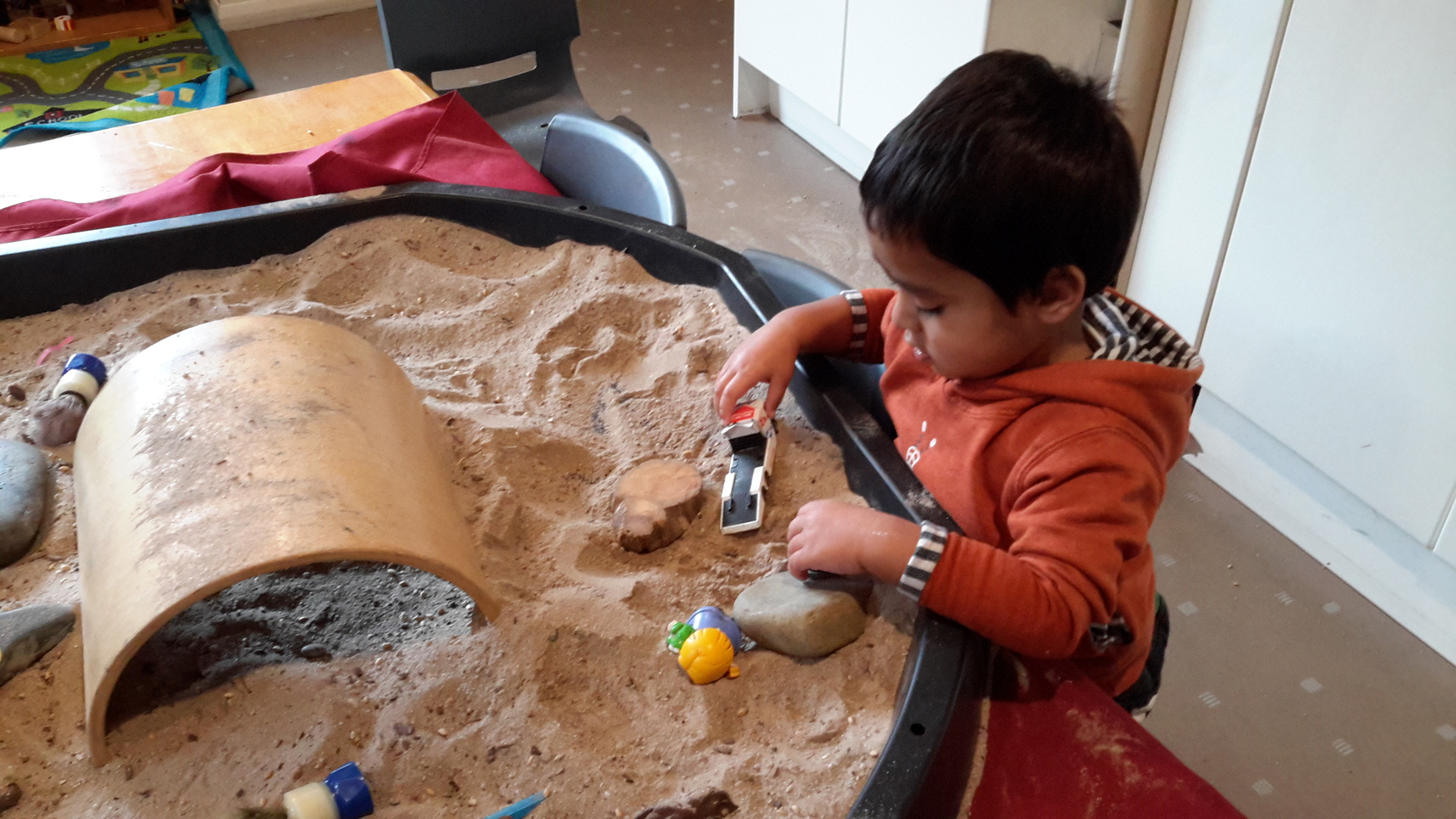Outdoor Environment
Contemporary theories and research informed by the Reggio Emilia approach recognise and value the environment as a ‘third teacher’. Behind educators and families, physical spaces hold the potential to influence what and how children learn.
Learning environments engage and foster a sense of ownership and respect when they are aesthetically pleasing, reflect the identity and culture of children and families, and encourage a connection to place. As such, the physical environment is never simply a backdrop to the curriculum; it is an integral part of the curriculum or leisure based program. An environment with rich and built-in learning opportunities also frees educators to interact with children.
Read "The Environment as the Third Teacher" Information sheet...
We have a lovely natural sustainable learning environment for us to all enjoy equipped with:
- an outdoor classroom under a bamboo gazebo,
- an art studio enclosed in a veranda,
- a super vegetable garden for us to nurture,
- a sensory obstacle course,
- and a quiet fairy & gnome garden for us to explore in.


